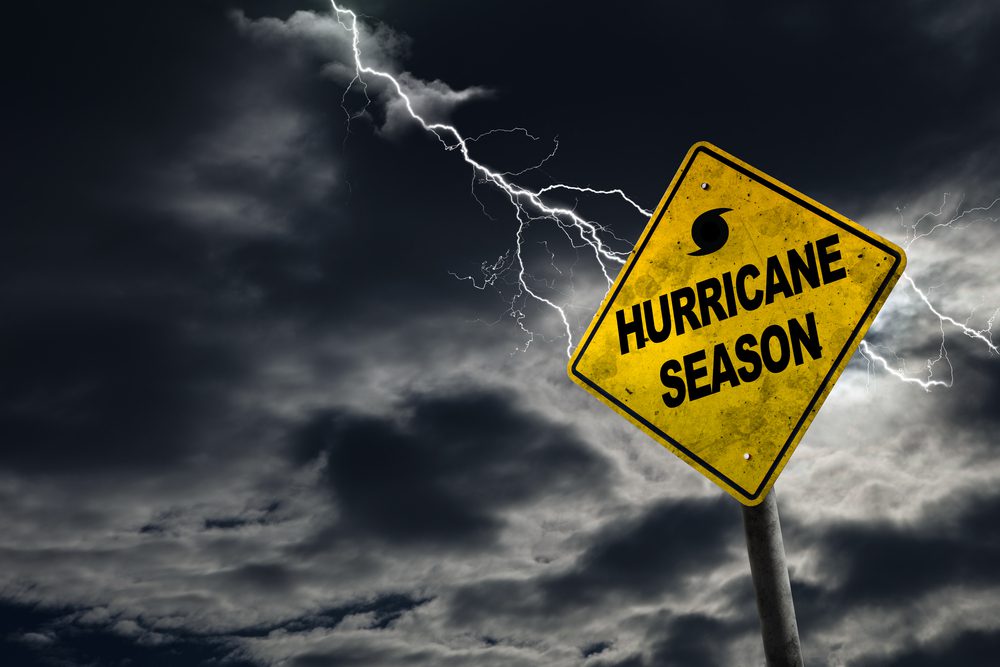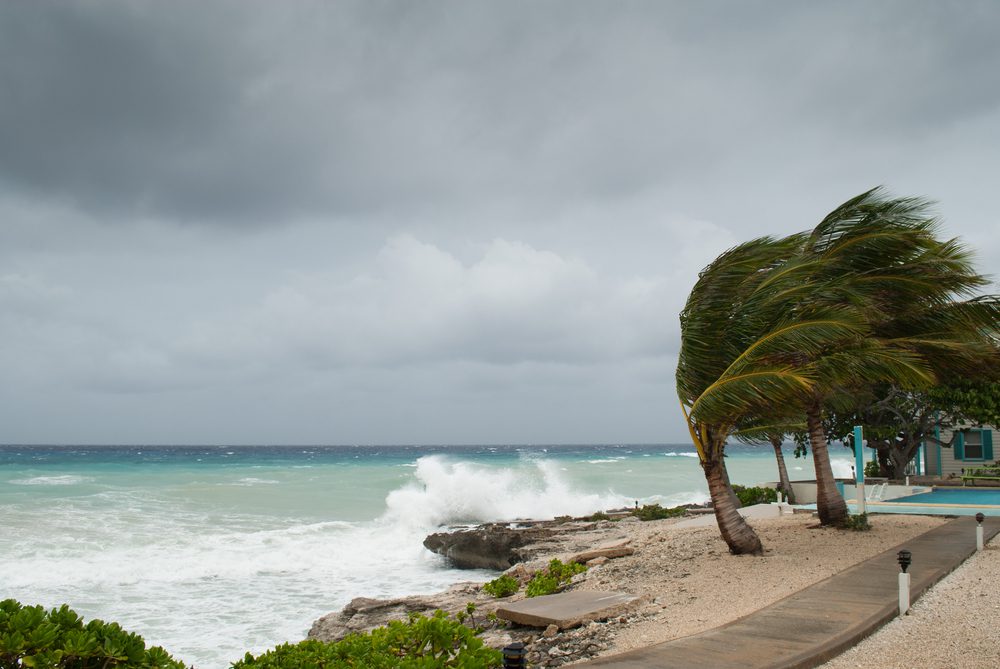
Hurricane Isaias is expected to hit Florida’s coast this weekend. As data from the National Hurricane Center (NHC) shows, Hurricane Isaias was located around 325 miles of Nassau in The Bahamas as of 5 a.m. EDT Friday.
At the moment, Central and Southeastern Bahamas are under a hurricane warning, while the east coast of Florida (including Miami, Ft. Lauderdale and West Palm Beach) is dealing with a tropical storm expecting Hurricane Isaias to arrive.
“Isaias expected to remain a hurricane-level storm for the next few days,” the NHC said.
Additionally, the NHC predicted 12 inches of rainfall in several parts of the Dominican Republic and Northern Haiti, 8 inches in The Bahamas, Turks and Caicos, and 4 inches in Cuba.
“Large waves have already hit Puerto Rico, the Dominican Republic, the Turks and Caicos, and the southeastern Bahamas,” the NHC said. Moreover, across the Caribbean rainfall “will lead to life-threatening flash flooding and mudslides, as well as river flooding.”
The ninth storm of 2020, Isaias is expected to gain more strength over the next 36 hours, becoming a hurricane sometime around Friday night, the National Hurricane Center forecasted Thursday afternoon.
“These swells are likely to cause life-threatening surf and rip current conditions,” the NHC said. “Additional watches or warnings may be required for a portion of the Florida peninsula later today,” the NHC warned early Friday.
Experts also predicted up to 6 inches of rain in several regions of Florida over the weekend, which “could result in isolated flash and urban flooding, especially in low-lying and poorly drained areas.”
Even more, the NHC warns that North and South Carolina could be hit by heavy rains next week, which might also result in flash flooding in certain areas. Nonetheless, an exact location where Isaias will hit and how intense it will be is still uncertain. Some forecast models predict a weak storm on the southern coast of Florida, while others show a strong storm on the east side of the state and moving toward North and South Carolina.
“The eventual track will determine Isaias’s strength and potential future development,” CNN meteorologist Chad Myers said. “A track mainly over water will let the storm get stronger. A path more over land and the mountains of Hispaniola and Cuba will help to tear it apart.”
Experts believe that once it gets over warmer waters, Isaias could strengthen even more rapidly, like it happened last weekend with Hurricane Hanna.
“We should have a better idea of how strong Isaias will become near the US after reconnaissance aircraft sample the storm and after it passes Hispaniola later today,” the NHC said Thursday afternoon.

A hurricane during a pandemic
At the moment, Florida is one of the largest hotspots of coronavirus in the United States, with more than 461,000 COVID-19 confirmed cases and over 6,500 deaths. The state has almost run out of hospital beds, and the situation is getting worse and worse every day, with the number of deaths increasing with 253 since Wednesday’s update.
Additionally, because of the storm, Florida closed several state-supported COVID-19 testing sites on Thursday. Drive-thru and walk-up testing sites were closed, the Florida Division of Emergency Management (FDEM) said in a statement Wednesday, “to keep individuals operating and attending the sites safe.” The testing sites will stay closed for now, until it’s safe to reopen.
“Look, if we have a major hurricane here, then we’re going to have to evacuate a number of people and then we’re going to have to … try to keep them separated as much as possible,” Miami-Dade County Mayor Carlos Giménez told CNN on Thursday. “That’s a concern.”
“When you’re not testing is also a concern,” he added. “But the greater danger, the immediate danger has to be taken care of first, and that’s getting our people out of harm’s way.”
At the same time, Caribbean countries have dealt with small coronavirus outbreaks, however, their tourism has been highly affected by the pandemic. Moreover, The Bahamas is still recovering from being hit by Hurricane Dorian last year, which was also the most intense storm ever recorded in the country.
On Thursday, Isaias hit the Dominican Republic, but at the time, it was a tropical storm with a wind speed hitting 60 miles per hour. In Puerto Rico, more than 300,000 people lost powers, while tens of thousands lost their water supply from the wind and heavy rainfall. CNN also reported that one woman went missing.
National Weather Service San Juan meteorologist Gabriel Lojero told CNN: “A lot of neighborhoods were submerged under water.” Isaias is the second hurricane this year, after Hanna which hit Texas last week, on July 25.























